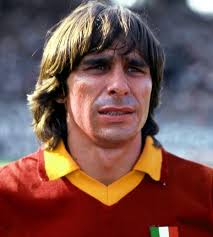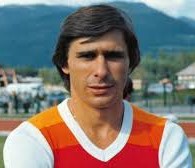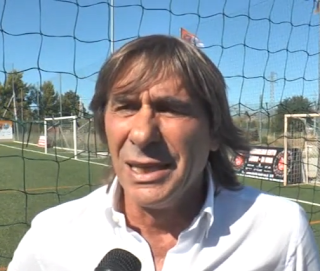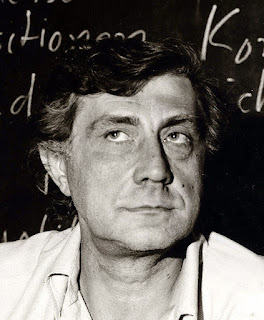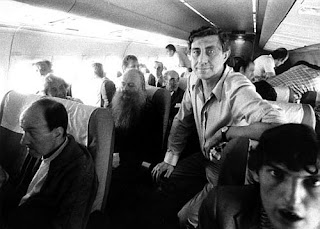Bruno Conti - World Cup winner
Roma star was key figure for Azzurri in 1982 victory
The former footballer - now coach - Bruno Conti, who played a starring role as Italy won the World Cup in Spain in 1982, was born on this day in 1955 in Nettuno, a seaside resort south of Rome. A winger with extravagant skills, Conti became an increasingly influential figure as the Azzurri campaign in 1982 gathered momentum after a slow start. He scored Italy’s goal against Peru in the first group stage, before playing superbly as the Azzurri upset the odds in the second group stage by knocking out Argentina and Brazil. As Italy beat West Germany 3-1 in the final, the AS Roma star was one of the men of the match, playing a part in two of the three goals after earlier winning a penalty. Read more…
___________________________________________________________________
Corrado Gaipa – actor and voice dubber
From The Godfather to voice of Alec Guinness
The respected character actor and voice dubber Corrado Gaipa was born on this day in 1925 in Palermo. His versatility as a voice actor brought him considerable work at a time when Italian cinema audiences much preferred to watch dubbed versions of mainstream English-language films rather than hear the original soundtrack with subtitles. Gaipa’s voice replaced that of Alec Guinness as Obi-Wan Kenobi in the original Star Wars trilogy. He was also heard dubbing Spencer Tracy in Guess Who’s Coming to Dinner, Burt Lancaster in The Leopard, Telly Savalas in The Dirty Dozen and Lee J Cobb in The Exorcist. As an actor in his own right, he worked with many leading directors in Italian cinema, including Francesco Rosi and Vittorio Gassman. His most famous role was probably that of Don Tommasino in Francis Ford Coppola’s The Godfather. Read more...
_________________________________________________________________
Ligabue - record-breaking rock star
Musician and writer once dubbed 'Italy's Springsteen'
Rock musician Luciano Ligabue - known simply as Ligabue - was born on this day in 1960. Once dubbed ‘Italy’s Springsteen’, he has been hugely successful in his own country but has never managed to achieve true international recognition. Yet such is his popularity in Italy that a Ligabue concert held on a stage erected on Reggio Emilia's airfield in 2005 attracted an audience of 180,000, a European record for a paid-for event headlined by a single artist. He has played before audiences of more than 110,000 at the Giuseppe Meazza football stadium in Milan -- the home of Internazionale and AC Milan -- and has twice repeated the so-called Campovolo event in Reggio Emilia. In September 2015, a concert to celebrate Ligabue's 25 years in the music business sold 150,000 tickets, setting another record as the most lucrative single music concert in Italian history, with proceeds of around €7 million. Read more...
__________________________________________________________________
Flavia Cacace - dancer
Star of Strictly Come Dancing famous for Argentine Tango
The dancer Flavia Cacace, who found fame through the British hit television show, Strictly Come Dancing, was born on this day in 1980 in Naples. She and professional partner Vincent Simone, who is from Puglia, performed on the show for seven seasons from 2006 to 2012. The show, which has been mimicked in more than 50 countries across the world, including Italy and the United States, pairs celebrities with professional dancers, combining Latin and ballroom dances in a competition lasting several months. Cacace, who was runner-up in 2007 with British actor Matt d'Angelo, left the show as champion in 2012 after she and the British Olympic gymnast Louis Smith won the final, which was watched by an estimated 13.35 million viewers. Read more…
Home




